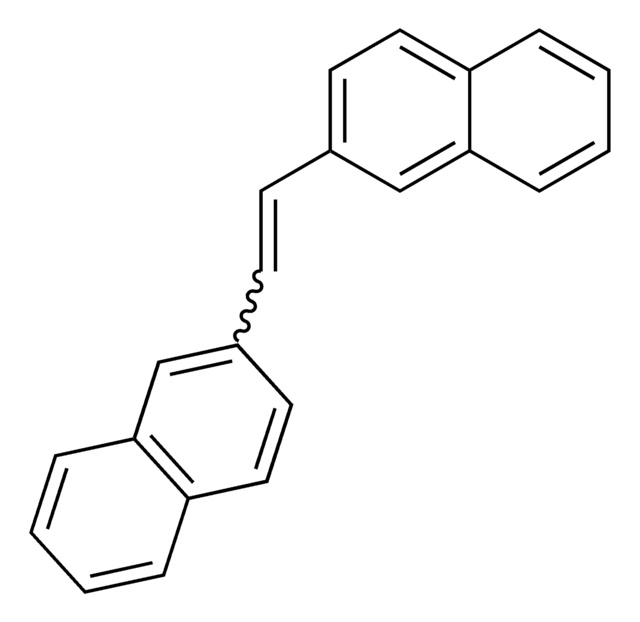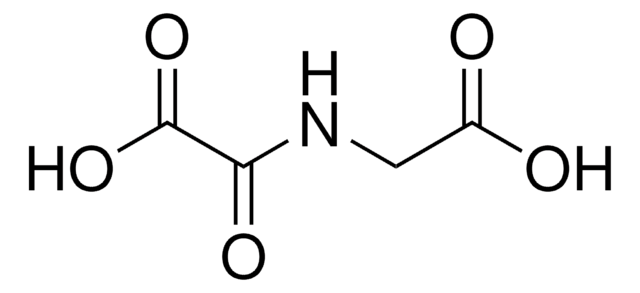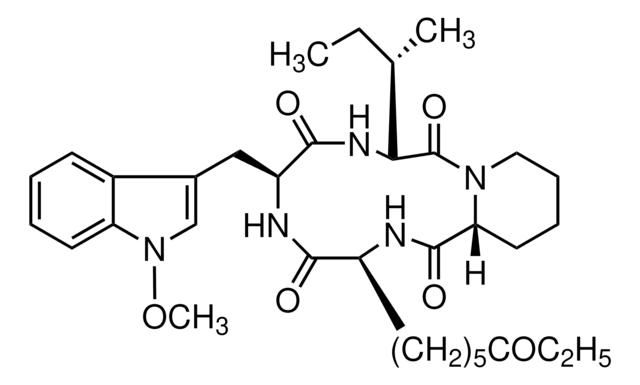SML0313
Pimelic Diphenylamide 106
≥98% (HPLC)
Synonim(y):
Compound 106, Inhibitor 106, N1-(2-Aminophenyl)-N7-(4-methylphenyl)-heptanediamide, RGFA 8, TC-H 106
About This Item
Polecane produkty
Próba
≥98% (HPLC)
Postać
powder
kolor
white to beige
rozpuszczalność
DMSO: ≥15 mg/mL
temp. przechowywania
2-8°C
ciąg SMILES
Cc1ccc(NC(=O)CCCCCC(=O)Nc2ccccc2N)cc1
InChI
1S/C20H25N3O2/c1-15-11-13-16(14-12-15)22-19(24)9-3-2-4-10-20(25)23-18-8-6-5-7-17(18)21/h5-8,11-14H,2-4,9-10,21H2,1H3,(H,22,24)(H,23,25)
Klucz InChI
WTKBRPXPNAKVEQ-UHFFFAOYSA-N
Działania biochem./fizjol.
Kod klasy składowania
11 - Combustible Solids
Klasa zagrożenia wodnego (WGK)
WGK 3
Temperatura zapłonu (°F)
Not applicable
Temperatura zapłonu (°C)
Not applicable
Certyfikaty analizy (CoA)
Poszukaj Certyfikaty analizy (CoA), wpisując numer partii/serii produktów. Numery serii i partii można znaleźć na etykiecie produktu po słowach „seria” lub „partia”.
Masz już ten produkt?
Dokumenty związane z niedawno zakupionymi produktami zostały zamieszczone w Bibliotece dokumentów.
Nasz zespół naukowców ma doświadczenie we wszystkich obszarach badań, w tym w naukach przyrodniczych, materiałoznawstwie, syntezie chemicznej, chromatografii, analityce i wielu innych dziedzinach.
Skontaktuj się z zespołem ds. pomocy technicznej







